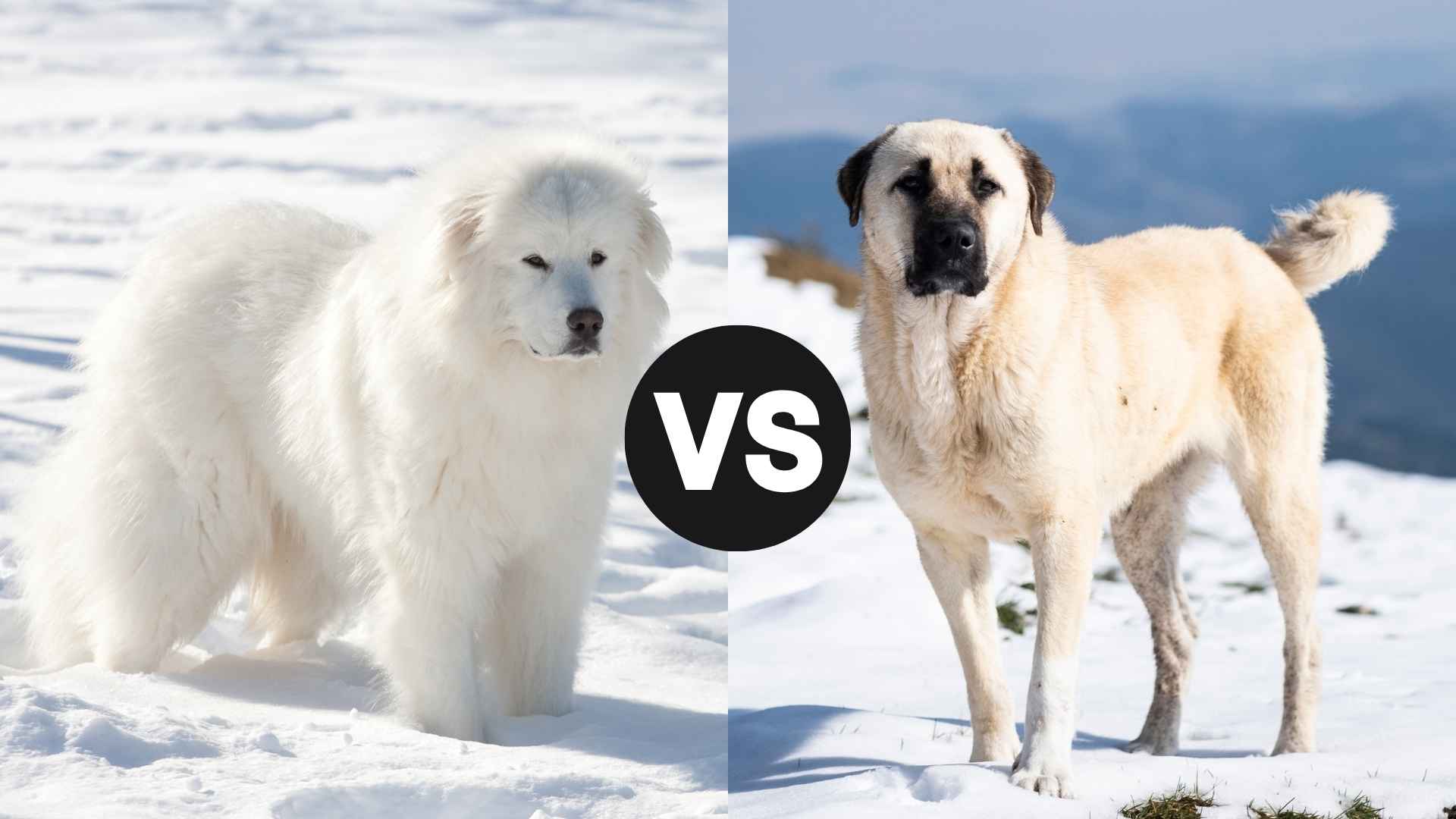Ever heard of a 100-pound fluffball that can take on a wolf? That’s the Great Pyrenees for you. But what about a no-nonsense powerhouse that’s been guarding livestock for thousands of years? Enter the Anatolian Shepherd.
Choosing between these two guardians isn’t just about looks—it’s about instincts, intelligence, and attitude. While one might charm you with its patience, the other will impress you with its strategic thinking.
These breeds aren’t your average backyard companions. They’re working dogs with a job to do, and they take it seriously. The question is: Which one is the right fit for your needs?
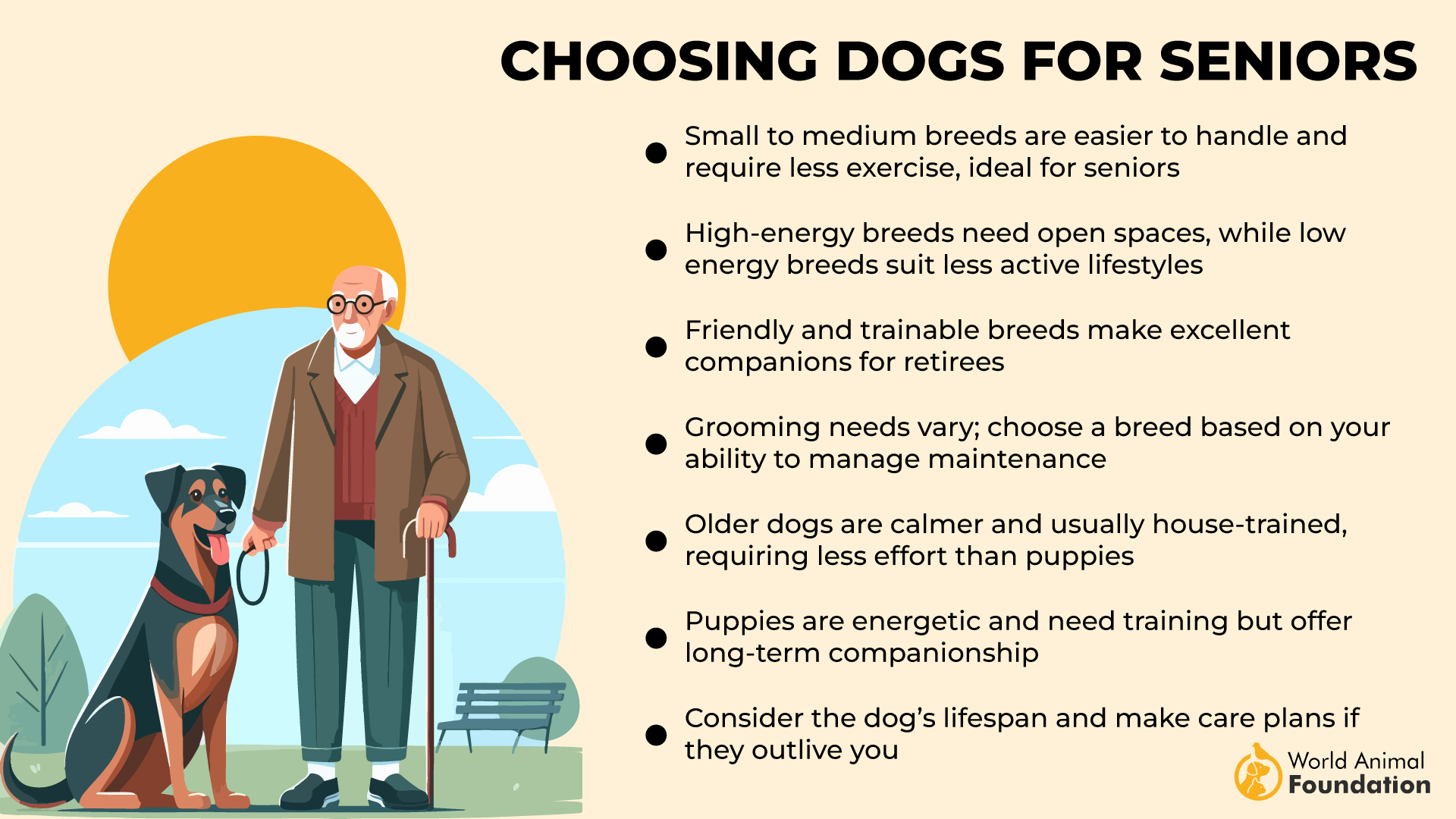
Whether you’re looking for a loyal family protector or a steadfast livestock guardian, understanding their strengths and quirks is key. Let’s break it down and see which of these impressive canines is the ultimate guardian.
Great Pyrenees vs. Anatolian Shepherd
|
Attribute |
Great Pyrenees |
Anatolian Shepherd |
|---|---|---|
|
AKC Size Standard |
Large |
Large |
|
Weight |
85-115 lbs (male), 80-100 lbs (female) |
110-150 lbs (male), 80-120 lbs (female) |
|
Height |
27-32 inches (male), 25-29 inches (female) |
27-29 inches (male), 26-28 inches (female) |
|
Bite Force |
~500-700 PSI |
~700-750 PSI |
|
Speed |
20-25 mph |
30-35 mph |
|
Coat Type |
Thick, double coat |
Short to medium, dense double coat |
|
Life Span |
10-12 years |
11-15 years |
|
Maintenance Cost |
Moderate to high |
Moderate |
|
Breed Cost |
$1,000-$2,500 |
$1,000-$2,000 |
|
Nutritional Needs |
High-protein diet, ~2,500-3,500 calories/day |
High-protein diet, ~2,500-3,500 calories/day |
|
Trainability |
Independent, stubborn, but intelligent |
Intelligent, strong-willed, requires firm training |
|
Skills |
Livestock guardian, family protector, therapy dog |
Livestock guardian, property protector, military/police work |
|
Barking Level |
High (frequent barker, alerts often) |
Moderate (barks when necessary) |
|
Grooming Needs |
High (frequent brushing needed) |
Low to moderate (occasional brushing) |
|
Shedding |
Heavy (year-round, seasonal blowouts) |
Moderate (seasonal shedding) |
|
History |
Ancient breed used as livestock guardian in the Pyrenees Mountains |
Ancient Turkish breed, developed to guard livestock from predators |
|
Origin |
France/Spain (Pyrenees Mountains) |
Turkey (Anatolian Plateau) |
|
Breed Group (AKC) |
Working Group |
Working Group |
Great Pyrenees vs. Anatolian Shepherd: Size and Dimensions
When it comes to sheer size, these two breeds don’t mess around. Great Pyrenees dogs are massive yet elegant, with males reaching 27-32 inches tall and females standing 25-29 inches. They carry their weight well, tipping the scales at 85-115 pounds, making them a sturdy build for livestock protection.

The Anatolian Shepherd dog, on the other hand, is built for speed and power. Slightly taller but leaner, males measure 27-29 inches, and females range from 26-28 inches. Their muscular frames weigh 80-150 pounds, giving them an edge in agility.
According to AKC, despite their gentle giant reputation, Great Pyrs move with surprising grace. But the flip side? Their size makes them a challenge for first-time dog owners. Anatolians, with their strong guarding instincts, are equally imposing but tend to be more athletic.

Both breeds were originally bred for guarding, but their physical characteristics set them apart. Pyrs excel in cold climates, while Anatolians handle extreme heat better.
If you want a better dog for endurance, Anatolians win. If sheer presence and protection are your priorities, Pyrs take the lead. Either way, both breeds can protect their human family and farm animals with unwavering dedication.
Great Pyrenees vs. Anatolian Shepherd: Physical Appearance
At first glance, the Great Pyrenees and Anatolian Shepherd might seem similar, but their distinct characteristics set them apart. Great Pyrs have a thick coat, a fluffy mane, and a tail that curls like a majestic plume. Their signature white fur can have shades of gray, tan, or badger markings.
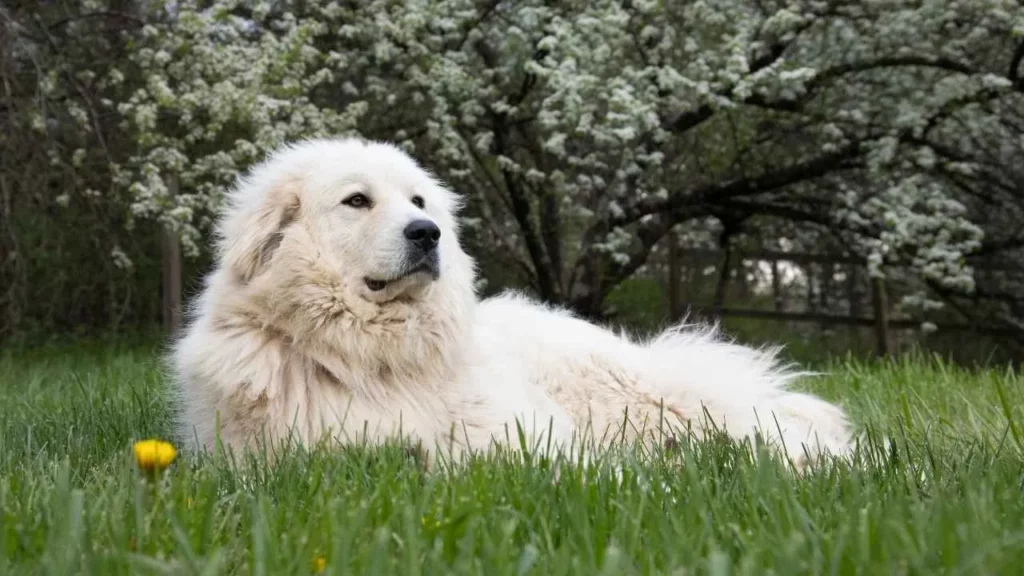
VCA notes that the Anatolian Shepherd, in contrast, boasts a short to medium double coat with a sleek, powerful look. Their colors vary from fawn to brindle, with many sporting a black mask that gives them a no-nonsense aura.
Great Pyrs have a gentle, expressive face, while Anatolians exude a serious, watchful demeanor. Their protective nature is evident just by looking at them—Pyrs are affectionate with family pets, while Anatolians tend to be more reserved around strange dogs and other animals.
Both breeds have a strong bite, but the Anatolian’s bite force is legendary. The flip side? Their independent nature means they may question commands—especially if they think they know better.
Whether guarding sheep, goats, or chickens, both dogs have the physical characteristics of a good LGD. The choice depends on whether you prefer the majestic fluff of a Great Pyr or the rugged strength of an Anatolian. Either way, these dogs mean business!
Great Pyrenees vs. Anatolian Shepherd: Temperament and Personality
My Family Vet Suggests that if you’re looking for a gentle giant with a heart of gold, the Great Pyrenees is your dog. Known for their affectionate yet fiercely protective nature, these dogs are calm, patient, and loving with their human family but won’t hesitate to protect against threats. Their strong guarding instincts make them excellent livestock guardians, but they also make great family pets—as long as you don’t mind their independent nature.
The Anatolian Shepherd dog, on the other hand, is all about serious business. These dogs are watchful, intelligent, and highly independent. Unlike Great Pyrs, they aren’t overly affectionate—they bond deeply with their parents but tend to be reserved with strangers and other dogs. They’re excellent at assessing threats and acting without hesitation.
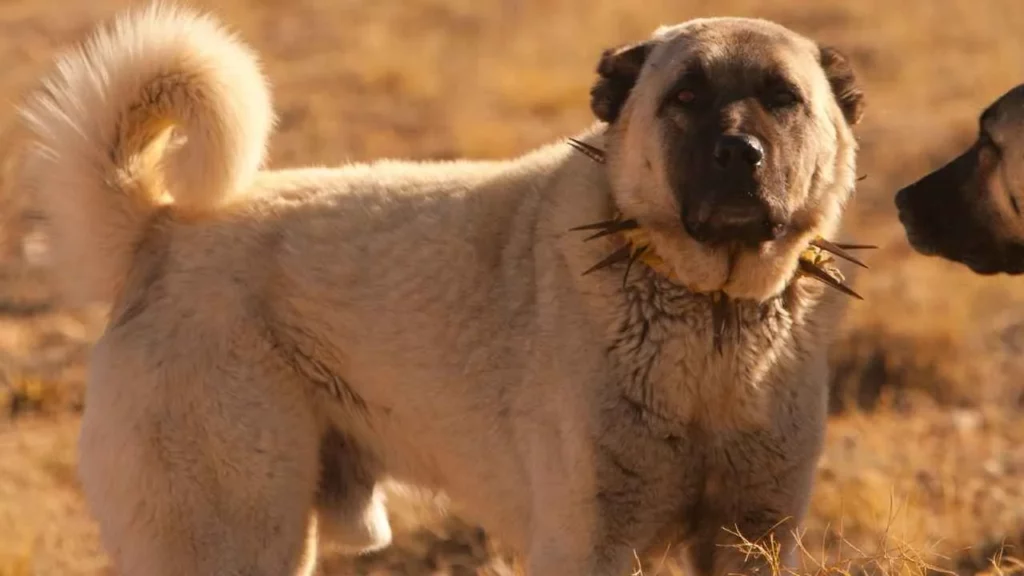
Both breeds have a long history of working alongside humans, but Anatolians are more intense, while Pyrs are a little more easygoing. Need a guardian who also enjoys cuddle time? Go Pyr. Want a fearless, no-nonsense protector? Anatolian all the way.
Great Pyrenees vs. Anatolian Shepherd: Drooling Tendencies
Drool factor: moderate. While neither breed is on the level of a Newfoundland or a Saint Bernard, both have their moments.
Great Pyrenees dogs have a thicker coat and loose lips, which means they can drool when hot, excited, or after drinking water. It’s not excessive, but if you value dry furniture, keep a towel handy.
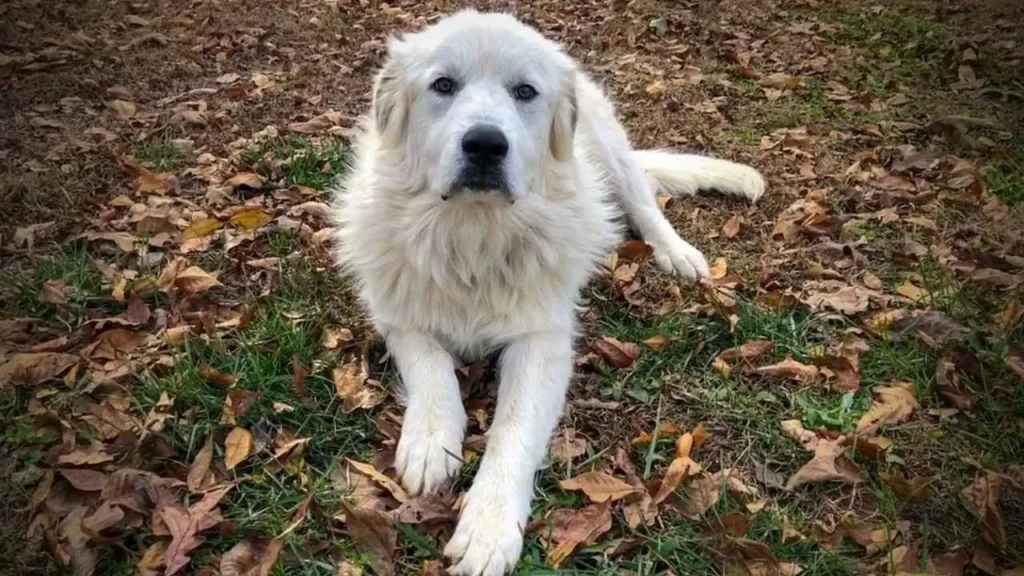
PetMD reveals that the Anatolian Shepherd dog drools less in comparison. With a tighter jowl structure, they don’t have as much slobber buildup. However, in extreme heat, they may pant heavily, leading to some drool.
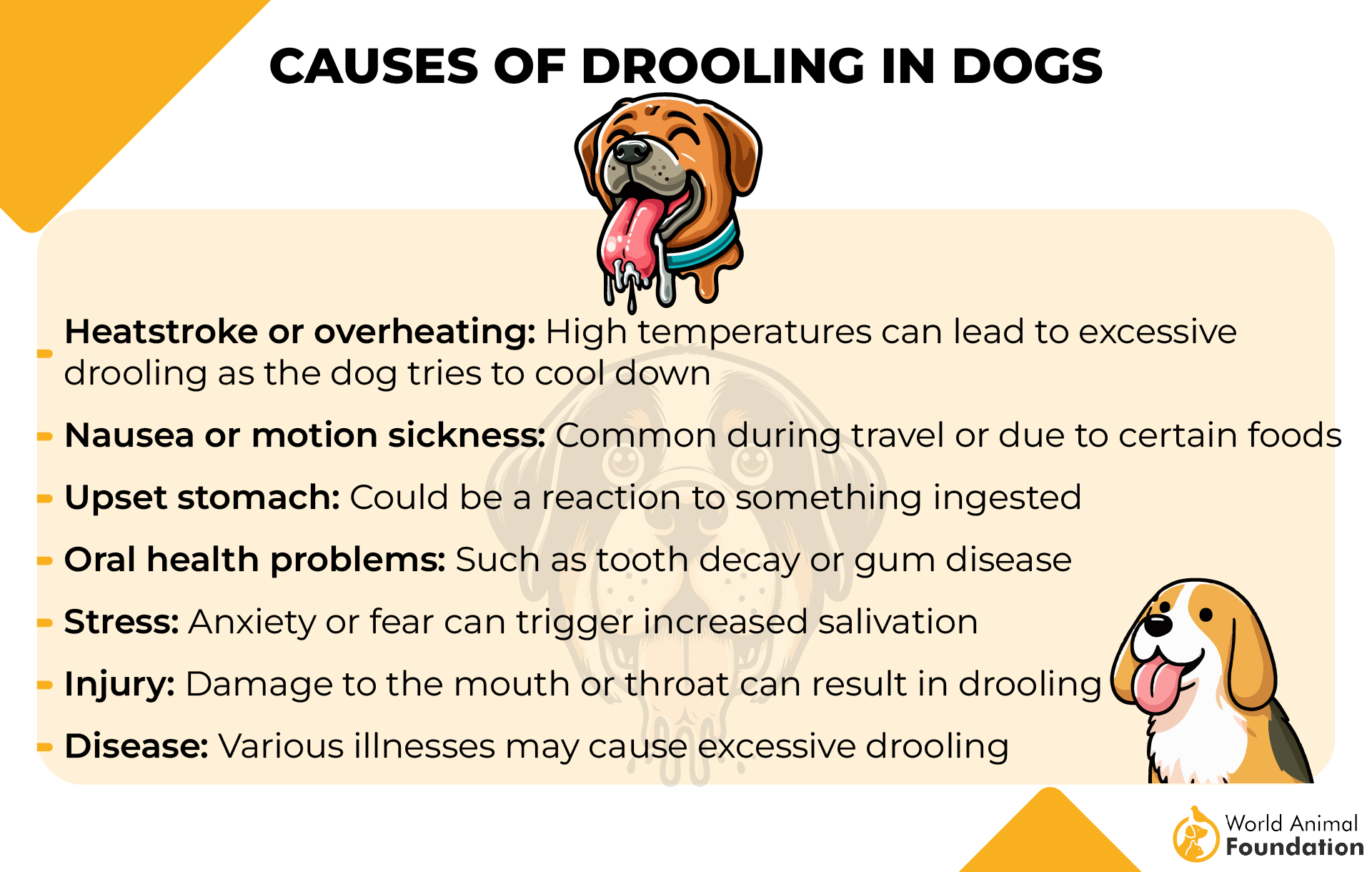
The flip side? Less drool usually means less mess—but not always. If you’re choosing between the two breeds and want the better dog for a drool-free home, Anatolian Shepherds have the edge.
Great Pyrenees vs. Anatolian Shepherd: Life Expectancy
If you want a guardian with staying power, the Anatolian Shepherd dog takes the lead. With a life expectancy of 11-15 years, they outlive many other large breeds, thanks to their sturdy build and resilient nature.
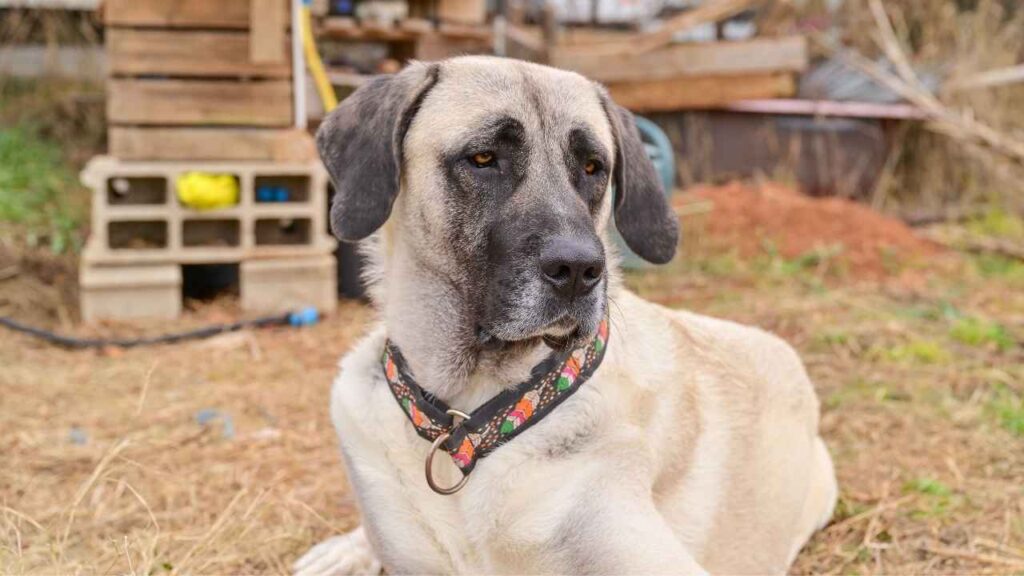
WebMD reports that Great Pyrs, while strong and well-built, typically live 10-12 years. Their thick coat and size can pose challenges in extreme heat, which can affect longevity.
Both breeds require proper nutrition, exercise, and vet care to reach their full life span potential. High-quality food, joint support, and regular checkups can add years to their watchful lives.
The flip side? While Great Pyrs may have a shorter life expectancy, their affectionate, gentle nature makes every year count. Whether you choose an Anatolian for endurance or a Pyr for companionship, both will guard their human family with fierce loyalty until their last day.
Conclusion
So, who takes the crown as the ultimate guardian? Well, it depends on what you need. The Great Pyrenees is the gentle giant, perfect for families, flocks, and those who want a fiercely loyal protector with a soft side.
Anatolian Shepherd, on the other hand, is a no-nonsense, high-intelligence guardian built for serious security work. If you need a watchdog that thinks like a strategist, the Anatolian is your champion.
Neither breed is meant to be just a pet—these dogs thrive with purpose. They need proper socialization, training, and leash control from a young puppy stage.
Skip that, and you might end up with an aggressive dog that’s tough to handle. First-time owners? Think twice—these aren’t your average German Shepherds.
Still undecided? Talk to a breeder, meet some pups, and assess your lifestyle. Whether you’re protecting kids, livestock, or your farm, both breeds bring unwavering devotion. The real question is—are you ready to keep up?


